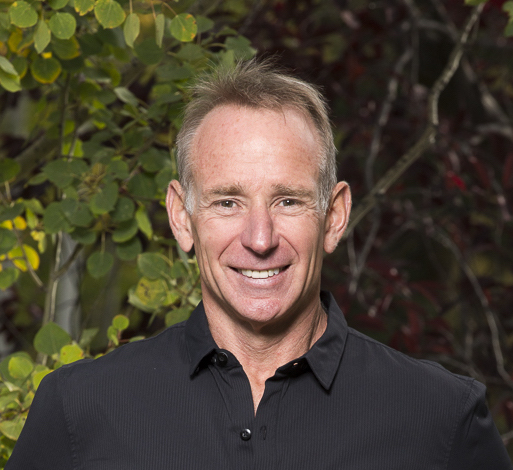Building Resilience With Parents, Teachers & Our Children
- Ed Harrold

- Sep 14, 2020
- 3 min read
Updated: Dec 24, 2020

As parents, teachers and children around the globe start off the new year working and learning at home together, let's look at some ways we can maximize learning for the kids and performance with the teachers and parents.
"Resilience" has been a buzz word in Corporate America for years now. Recently, we're seeing the same desire and need for these skills within education models as teacher burnout rises in the ranks with other professions. We improve resilience in education the same way we improve resilience in the workplace.
So, what is RESILIENCE? In its' most simplistic terms, resilience is the strengthen of our Parasympathatic Nervous System (PNS). The PNS is the rest and relaxation system within the Autonomic Nervous System which regulates much of the actions of many systems and organs in our body. I'd like you to think of this as our "braking" system.
When you're driving a car, to make the car go, we push on the gas peddle. When we're driving we go at different speeds depending on the speed limit. To go at these different speeds, we need to take our foot off the gas and/or use the brakes. Think of your life much like driving your car . . . to maintain optimal health and well-being, WE MUST tap the brakes and release the gas the from-to-time.
Resilience is you tapping the brakes. We engage the PNS system to restore balance in our body and mind. If we constantly keep our foot on the gas, we continually ask our Sympathetic Nervous System to run the show which is our stress response system. Years of keeping our foot on the gas teaches our brain to live in the stress response. Now I ask you, what happens if we keep our foot on the gas pedal at the same rates of speed? WE CRASH!
To optimize your time at home together as a family, take a break; a breath brain break. Breath regulation is the key to activating our PNS. Ideally, we would take a break every 90 to 120 minutes. It only needs to be 3 to 5 minutes and it will dramatically change how your mind and body move through your day.
Parents: Here's a great breathing technique I recommend you do for 3 to 5 minutes. With this breathwork technique, we're Diaphragmatically breathing with an ocean sounding breath. Breathing in this fashion, work on getting your breath rate to 10 breaths or less per minute.
Educators: Do this same technique as the parents between your lessons to maximize classroom learning. And, teach your students to do the technique below and watch how they thrive in the classroom.
Students/Children: Let's make sure they're breathing correctly too. I recommend them Diaphragmatically Breathing with an ocean sounding breath. They just need to develop a steady rhythm of breathing that's not rushed. Let them think of their belly as a balloon. They inhale and expand the balloon and then exhale to deflate the balloon fully and completely. Do this for 3 to 5 minutes. If you notice their exhale is short, have them work on blowing out a candle using their nasal exhale; not mouth exhale. No snorting please . . . this should be a full nasal exhale to extinguish the candle!
The entire family can do this together. Even better if you go outside and do this. Step away from the technology and take a breath brain break as a family. Modeling the behavior with our kids is teaching them self-care routines they will take into their future of healthy living.
These skills and more can be found at The Goldie Hawn Foundation, MindUP. MindUP is a phenomenal organization and we are proud to support them and their community with breath education. The MindUP 2.0 platform is currently under development launching in January 2021. Ed's breathwork strategies with have their own section on the platform designed to educate parents and teachers on the art, science and application of breath regulation. In addition, you can learn more from our Basics of Breath Course and/or Breath AS Medicine for Educators.
Go BE Great









Comentarios